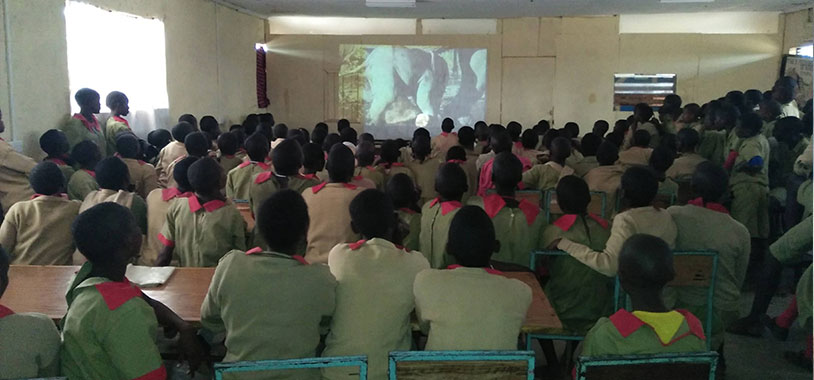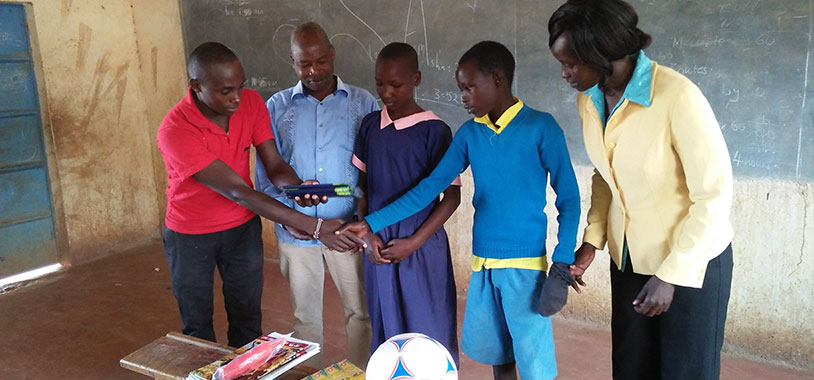Elephants need space. Across Africa however these iconic creatures are being squeezed into smaller marginal areas as the continent’s human population rapidly expands.
In Kenya, Save the Elephants is working closely with communities, local and national government, wildlife organisations and other stakeholders to find solutions for elephant and man to co-exist in harmony. These collaborative steps are key in helping secure a future for wildlife, in particular elephants, who use migratory pathways as critical lifelines to find food, water and mates, and also protecting local communities who live along the corridors.
Four years ago, we (STE) tracked 40 elephants across the wider Samburu-Laikipia landscape as part of a project to deepen our understanding of how they use the landscape and to define what wildlife passages need to be protected. The data helped us identify four corridors that cross the main highway to Ethiopia. This data has been the centre of discussions between local communities to agree which areas could be set aside and kept free from development by perpetuity.
Community outreach and education are key to this project in both helping safeguard these corridors and changing local perceptions about elephants. Over the past year, our Save the Elephants Mobile Education Program has engaged pupils of Tuale, Oldonyiro, Parkuruk, Manyatta Zebra and Daaba schools along two of the identified passageways – the Samburu-Laikipia and Nakuprat corridors, with wildlife games and conservation films.
To start with, we performed short question and answer sessions to assess pupils’ attitudes towards elephants. The initial feedback was one of dislike – a perception no doubt played out in the wider community. However after each session, involving visual learning and theory-based lessons, pupils’ appreciation of elephants increased. We were able to introduce them to films that tackled issues about elephants welfare, human-wildlife conflict, diminishing corridors and the roles pupils could play as conservation stewards. For many it was the first time they’d seen a film as the schools are so remote many cannot access TV sets or big screens.
Children are agents of change and we hope that our continued engagement in schools, in particular around the corridors project, will increase local awareness about the value of elephants, ultimately safeguarding their future.



